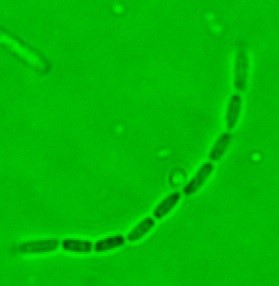Life Science Lesson Plans
To Catch a Microbe?
Author: Christina Rutledge
Summary:
Teaching about the differences between prokaryotic and eukaryotic cells can be challenging because students are, for the most part, unable to associate real things they see with prokaryotic cells. There are four parts to this lesson that focus on allowing the students the opportunity to actually see bacteria and then apply their knowledge to a real life biomedical engineering problem. Students will first stain and view bacteria with traditional stain mechanisms. After they have developed an understanding of what bacteria actually look like with the bright field optical microscope, they will analyze experimental results of pictures of captured bacteria during an experiment at the University of South Florida (USF). In the experiment they will analyze, experimenters are attempting to capture/detect bacteria from low concentration solutions. This has a clinical application that will allow doctors to detect bacteria in transplant samples, such as bone marrow. Currently detection of bacteria in bone marrow takes several days and most facilities do not have the equipment needed to store the bone marrow for this amount of time. This results in patients sometimes receiving a transplant that is contaminated with bacteria and may result in sepsis. As part of their analysis, students will complete a t-test in order to determine the optimal design for the capturing methods presented. After analysis, students will develop their own experiments to see if they can efficiently capture/detect the bacteria. This part of the lab is inquiry by design, but teachers can put limitations on the experiment by providing a list of available materials. Once students have completed their trials, they will use a phase contrast microscope to analyze their designed capturing methods. After they finish the inquiry portion, they will practice calculating magnification of real prokaryotic cell images. Skills learned in the lesson are calculating magnification of cells, using bright field and phase contrast optical microscopes, describing cell type characteristics, performing statistical analysis of sample sets and using proper bacterial stain technique, creating data tables, graphing data and using scientific method to develop and inquire about scientific principles.
Complete Lesson Plan
Tissue Engineering using Polymers
Author: Megan Faliero
Summary:
Students will begin the lesson with a quick video from www.youtube.com called "Growing Noses, Ears, and Windpipes." After a brief discussion on tissue regeneration, the students will brainstorm possible problems with the process that could occur. The class will then read the article "How to Build a Heart" using the "Read and Say Something" CRISS strategy. The instructor will then take the class through the engineering cycle on how to solve a problem. The students will then be introduced to aseptic techniques and how to culture cells and will perform an activity where they culture hamster ovarian cells and study them under a microscope. The instructor will then lead them through a lesson on the use of polymers in the field of biomedical engineering, focusing on pNIPAAm, a hydrogel that is responsive to temperature changes. The students will perform an activity where they will hydrate this polymer pNIPAAm at different temperatures and measure the changes in the polymer and graph the changes that occur. A discussion on how cells are seeded onto the polymers and the properties of the polymer allow the cells to be released from the polymer concludes the lesson, with a possible option of a field trip to a bioengineering lab using polymers to observe the entire process and possibly participate in the process.
Complete Lesson Plan
Supplemental Video: Cell release from a polymer
Using Collagen in Cell Cultures
Author: Ivan Moros
Summary:
This lesson is designed to create class discussions on the topics of cells, cell cultures, proteins and real life applications of cell biology and biotechnology. It also will provide an opportunity to talk about covalent bonding which will prepare the students for chemistry on their next school year.
Complete Lesson Plan
3D Printing in Evolution
Author: Nigel Jagoo
Summary:
Students will be introduced to processes which will help them identify basic trends in hominid evolution from early ancestors six million years ago to modern humans, including brain size, jaw size, language, and manufacture of tools. This lesson will allow students to recognize that the strength or usefulness of a scientific claim is evaluated through scientific argumentation, which depends on critical and logical thinking, and the active consideration of alternative scientific explanations to explain the data presented. Students will use 3D printing to increase their spatial awareness with complex and challenging content that requires understanding of these visual concepts. They will learn to make connections for themselves while engaging in consist reflective exercises to help them with their designs.
Complete Lesson Plan
Supplemental PowerPoint - Structural Adaptations
Diffusion
Author: Robert Herzog
Summary:
Day 1: Hook and Introduction: Students will be present with an extended bell ringer where they are shown a simple drawing of the lipid bilayer of a cell membrane and asked to explain how a molecule like water or glucose would cross the membrane and get into or out of the cell. After time has been given for students to brainstorm in groups and share ideas as a class a video showing diffusion of food coloring throughout a beaker containing water will be shown. Following this video students will be asked to brainstorm what factors they think would affect the rate of the diffusion they just viewed.
Day 2: Diffusion of food coloring in water lab – students will learn about how stirring and temperature affect diffusion rate of food coloring in a container of water. After making hypotheses about each factor they will time and compare the rate of diffusion in 1) a stirred versus unstirred beaker and 2) a beaker filled with cold water, room temperature water and hot water.
Complete Lesson Plan
Supplemental PowerPoint - Diffusion Lab
Ecology in Tissue Engineering
Author: Erica Wilkes
Summary:
Students learn about exponential and logistic growth curves. They culture and passage cells using the aseptic technique. They take a daily count of their cells to create a growth curve for the cells that they are growing. Students then test how different variables affect the growth of their cells.
Complete Lesson Plan
Handout - Graph Manipulatives
Supplemental PowerPoint for the Lesson
Save the Planet
Author: Jesse Hope
Summary:
In this lesson, students will develop their sense of the carbon cycle through gaining a better understanding of greenhouse gases and climate change. The students should have already completed a lesson on the basics of the carbon cycle, including the path in which carbon travels through the ecosystem. Students will explore real world issues and propose solutions to those issues.
Complete Lesson Plan
Can we avoid becoming cyborgs?
Author: Carey Lam
Summary:
As technology becomes a larger part of our world, students should understand the effects that it could have on society. In this lesson, students will explore the different devices available that function as an artificial pacemaker. Students will then be introduced to Near Field Communication (NFC)technology and how it is used in the biomedical field. A demonstration will be given using a simple wireless electricity transmission circuit which can be built following a tutorial. Students will then participate in a debate regarding the positives and negatives of biotechnology
Complete Lesson Plan
Crime Investigation Lesson Plan
Author: Erica O'Rourke
Summary:
Students will be focusing on a criminal investigation that will lead them to understanding the different components of blood, the different diseases that are associated with blood and working in collaborative groups using their prior knowledge of the microscope.
Students will be able to compare and contrast different blood slides from our suspects and our evidence in order to find our criminal.
Complete Lesson Plan
-->Supplementary Power Point
Thermoplasmonic Heating and Cancer Biology
Author: Nigel Jagoo
Summary:
Students will learn the basic concepts behind cancer biology as well as the hallmarks for cancer. Through exploration activities, they will uncover mechanisms behind cancer drug treatments and screening protocols. Students will be introduced to the technology behind thermoplasmonic heating and brainstorm ways they can use this concept to fight against the spread of cancer.
Complete Lesson Plan
Supplementary Power Point
Build-A-Heart
Author: Carey Lam
Summary:
In this lesson students will attain a better understanding of the structures in the heart as well as the direction of blood flow by creating a human heart on the Tinkercad application. The students should have already completed a lesson on the basic structures of the heart and blood flow.
Complete Lesson Plan
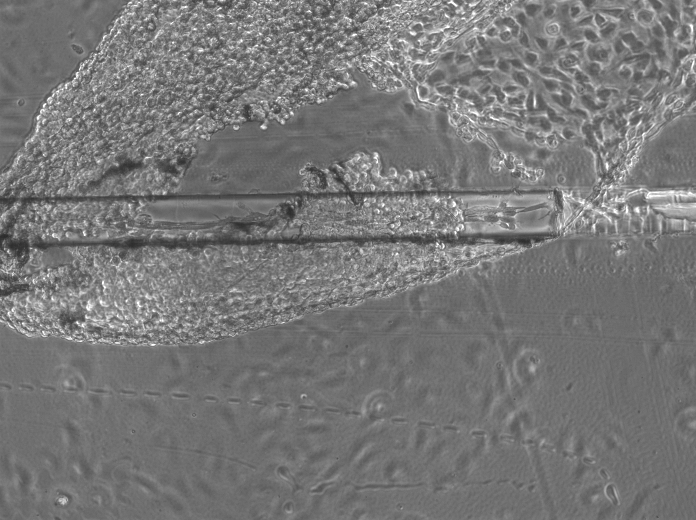

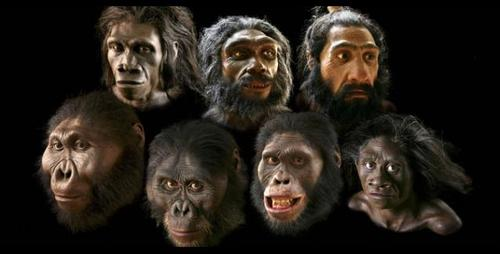
© uglicoyote.wordpress.com
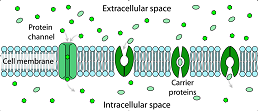
https://en.wikipedia.org/wiki/Facilitated_diffusion
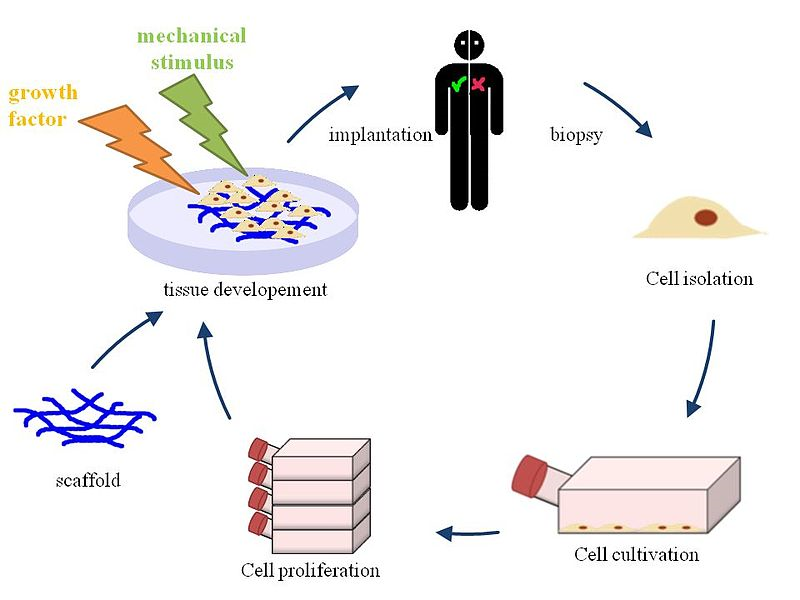
https://en.wikipedia.org/wiki/Tissue_engineering

© NASA 2014
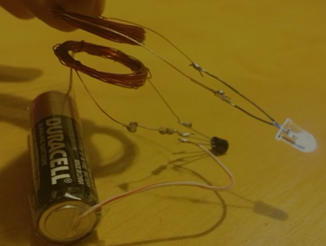
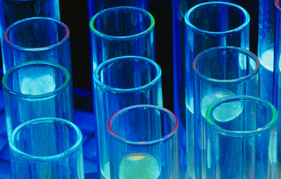

https://commons.wikimedia.org/wiki/File:Cancer-cell.jpg

Copyright © ETH Zurich 2017
